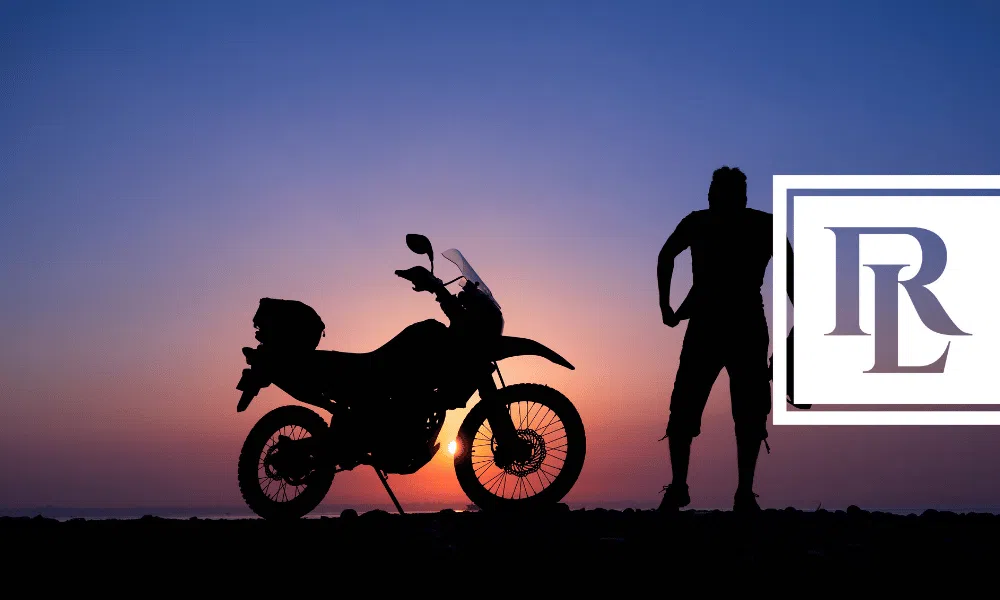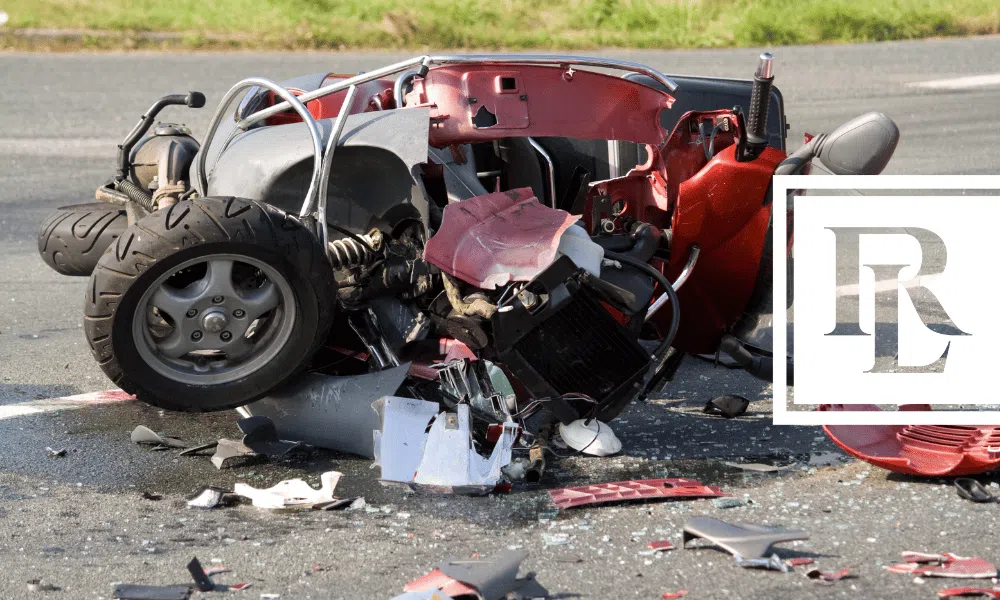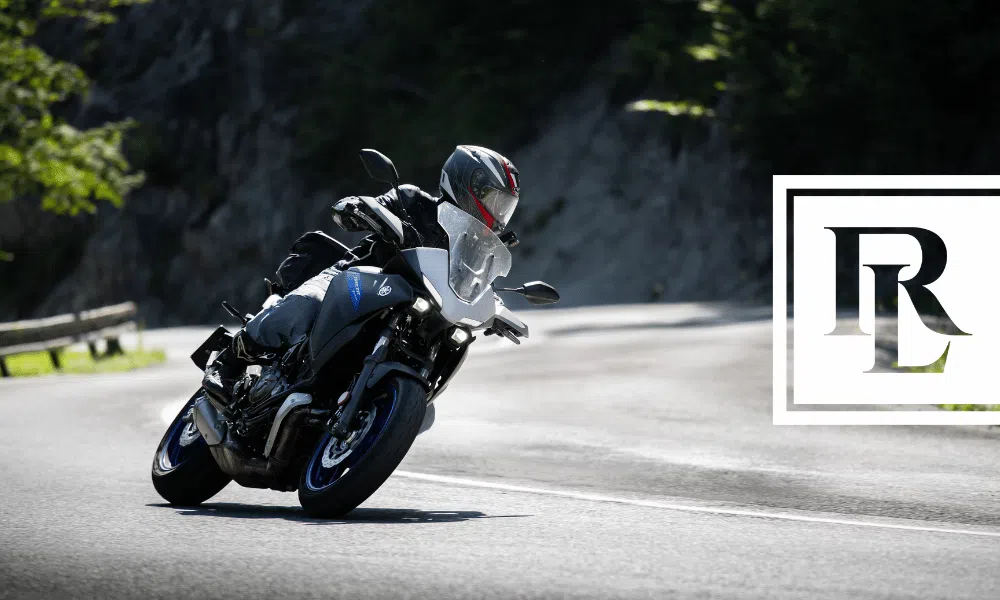Wearing the right gear while riding a motorcycle can help to prevent serious injuries in case of an accident. Sometimes, the right gear can even be the difference between life and death. It is important to understand the differences between gear and choose what is right for you. The following is a list of the standard gear that every rider should wear whenever they get on a motorcycle.
Helmet
Helmets are probably the most important piece of protective equipment, offering protection to your head in case of an accident. Depending on what helmet type you choose, they can also offer general protection while driving, preventing bugs or dirt from getting in your eyes. There are three main types of motorcycle helmets:
Full helmets offer protection around your entire head and include a face shield. These are considered to be the safest of the helmet options but are known for being heavy.
Open face helmets are similar to full helmets. They cover the entirety of the head but do not include a face shield or chin bar, eliminating some of the protection offered by full helmets. However, they often have the option to include a flip-down visor that can either cover all or half of the face, still giving you eye protection.
Half helmets cover the top of the head. These types of helmets offer the least amount of protection but provide airflow. Due to the lack of a face shield, it is suggested that you purchase eye protection such as glasses or goggles.
Jacket
Motorcycle jackets protect you while driving and in the event of an accident. It is recommended to get a jacket that is reinforced with elbow pads and carbon fiber. Any motorcycle gear that is is made with carbon fiber offers additional protection. Carbon fiber technology is known for being strong, durable, and lightweight, making it ideal for motorcycle riders. By wearing a jacket, you are not only protecting your upper body in case of an accident, but you also prevent common occurrences while driving such as sunburns and bug bites. They also provide you with the opportunity to add bright colors or reflective strips to your attire, making you more visible to other vehicles on the road.
Pants
Most people overlook the need for proper motorcycle pants while riding. However, they are incredibly important. An average pair of jeans will not offer the protection that so many people believe they would. A good pair of motorcycle pants will offer protection and ventilation for the wearer. Some pants come with removable liners that can add warmth during the colder months. For those riding sport motorcycles, some pants include knee pucks, offering protection when the knee touches the ground while turning. Similar to the jackets, they offer another opportunity to add bright colors or reflective strips that will make you more visible to other vehicles.
Boots
Motorcycle boots have been designed with two intentions: safety and functionality. Boots help to protect riders from abrasions, offer ankle support, and have oil-resistant soles that prevent slipping. All motorcycle boots cover the entire foot and ankle. The laces are usually found on the inside of the boot to prevent them from getting tangled on the motorcycle. While most boots are made from high-quality, thick leather, there are designs in the works to provide lighter weight, waterproof boots with more breathability. Other features to keep in mind when purchasing boots include shifter pads, triple stitching, and metal toe protectors. Boots are not only designed with the idea of riding but to be able to wear them around all day.
Gloves
Though they are a small piece of gear, gloves play a big role when it comes to protection. In the event of a fall, it is a person’s natural reaction to catch themselves by putting their hands out in front of them. Gloves can protect your fingers, knuckles, palms, and the back of your hands from serious injuries. Leather is always the best material for motorcycle gear. Padding will offer extra protection in case of a fall. If you are looking for lightweight, breathable material, then consider getting gloves reinforced with carbon fiber. Your gloves will offer the most amount of protection if they fit properly on your hands so make sure to get the right size.
Wearing the proper gear is incredibly important. There are many different options when it comes to motorcycle gear. Do your research and choose what type of gear will best suit you and your riding style—especially if you enjoy exploring scenic motorcycle routes, where changing terrain and conditions can increase the risk of accidents.
As an attorney with over 20 years of experience handling motorcycle accident cases and currently rides a motorcycle, Rob Levine understands the risk involved with riding. Rob Levine Law are there to support you in the wake of an accident. Contact us today so that you can receive the justice you deserve.





